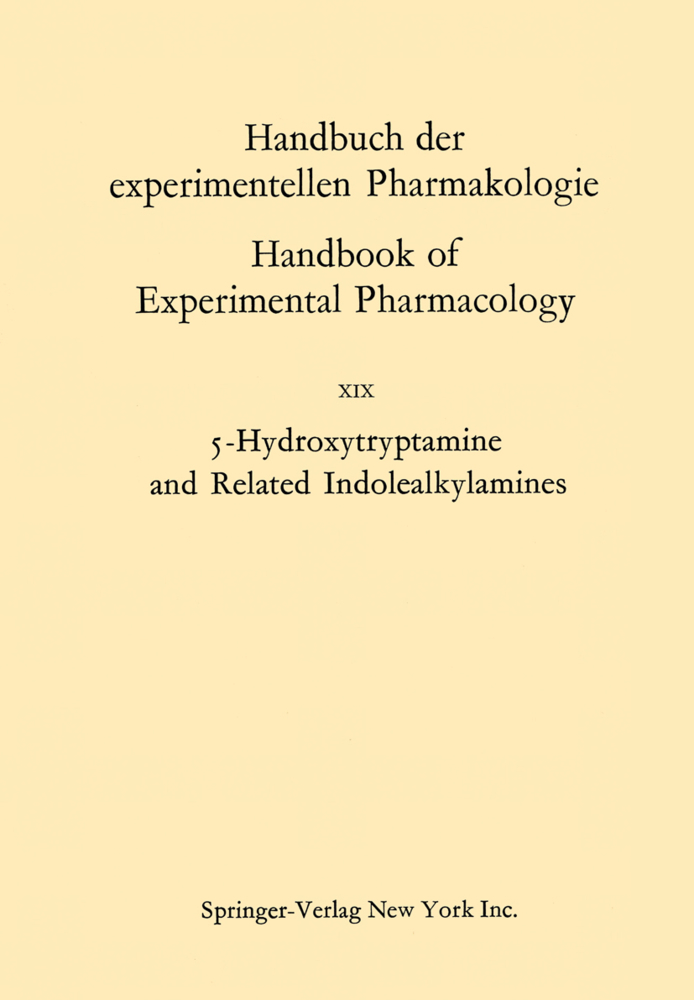Antiepileptic Drugs
Antiepileptic Drugs
Epileptic disorders need treatment for many years or even for life, and this makes a thorough understanding of the pharmacokinetics and possible hazards and side effects of the drugs used in treatment mandatory. During recent decades our knowledge in this field has considerably increased, not least as a result of the development of specific and sensitive methods for the determination of anti epileptic agents in biological material. The clinical pharmacology of this group of drugs has been studied extensively and can today be regarded as well established. This does not necessarily mean that drug treatment of epilepsy is without problems. For example, it has recently been shown that one of the newer anti epileptic drugs, greeted with great enthusiasm by clinicians, may in rare instances induce serious damage to the liver and the pancreas, and seems even to have a certain teratogenic potential. Clinical problems should be understood as a challenge to the experimental pharmacologist, who should try to find explanations for the clinical hazards, and, if possible, show new ways in which better drugs might be developed. In recent years interest has focused on the importance of the inhibitory transmitter 'l'-aminobutyric acid (GABA) in the pathophysiology of epilepsy, and there have been a series of attempts to find useful antiepileptic drugs among substances interfering with GABA metabolism in the CNS.
2 Electroencephalography
3 Epilepsy in Animals
Pathophysiology of Seizure Disorders
4 Intermediary Metabolism
5 Monoamines and the Pathophysiology of Seizure Disorders
6 Acetylcholine
7 GABA and Other Amino Acids
8 Prostaglandins
General Pharmacology of Antiepileptic Drugs
9 Chemical Constitution and Pharmacological Effect
10 Biochemistry
11 Tolerance and Dependence
12 Animal Experimental Methods in the Study of Antiepileptic Drugs
Specific Pharmacology of Antiepileptic Drugs
13 Hydantoins
14 Barbituric Acid Derivatives
15 Primidone
16 Carbamazepine
17 Valproic Acid
18 Oxazolidinediones
19 Succinimides
20 Benzodiazepines
21 Carbonic Anhydrase Inhibitors
22 Acetylurea Derivatives
23 Electrophysiological Effects of Antiepileptic Drugs
Clinical Pharmacology of Antiepileptic Drugs
24 Clinical Pharmacokinetics of Antiepileptic Drugs
25 Monitoring Antiepileptic Drug Levels
26 Clinical Use of Antiepileptic Drugs
27 Adverse Effects
28 Antiepileptic Drug Interactions.
Clinical Aspects of Epileptic Diseases
1 Epilepsy: Seizures and Syndromes2 Electroencephalography
3 Epilepsy in Animals
Pathophysiology of Seizure Disorders
4 Intermediary Metabolism
5 Monoamines and the Pathophysiology of Seizure Disorders
6 Acetylcholine
7 GABA and Other Amino Acids
8 Prostaglandins
General Pharmacology of Antiepileptic Drugs
9 Chemical Constitution and Pharmacological Effect
10 Biochemistry
11 Tolerance and Dependence
12 Animal Experimental Methods in the Study of Antiepileptic Drugs
Specific Pharmacology of Antiepileptic Drugs
13 Hydantoins
14 Barbituric Acid Derivatives
15 Primidone
16 Carbamazepine
17 Valproic Acid
18 Oxazolidinediones
19 Succinimides
20 Benzodiazepines
21 Carbonic Anhydrase Inhibitors
22 Acetylurea Derivatives
23 Electrophysiological Effects of Antiepileptic Drugs
Clinical Pharmacology of Antiepileptic Drugs
24 Clinical Pharmacokinetics of Antiepileptic Drugs
25 Monitoring Antiepileptic Drug Levels
26 Clinical Use of Antiepileptic Drugs
27 Adverse Effects
28 Antiepileptic Drug Interactions.
| ISBN | 978-3-642-69520-9 |
|---|---|
| Artikelnummer | 9783642695209 |
| Medientyp | Buch |
| Auflage | Softcover reprint of the original 1st ed. 1985 |
| Copyrightjahr | 2011 |
| Verlag | Springer, Berlin |
| Umfang | XXII, 867 Seiten |
| Abbildungen | XXII, 867 p. |
| Sprache | Englisch |











